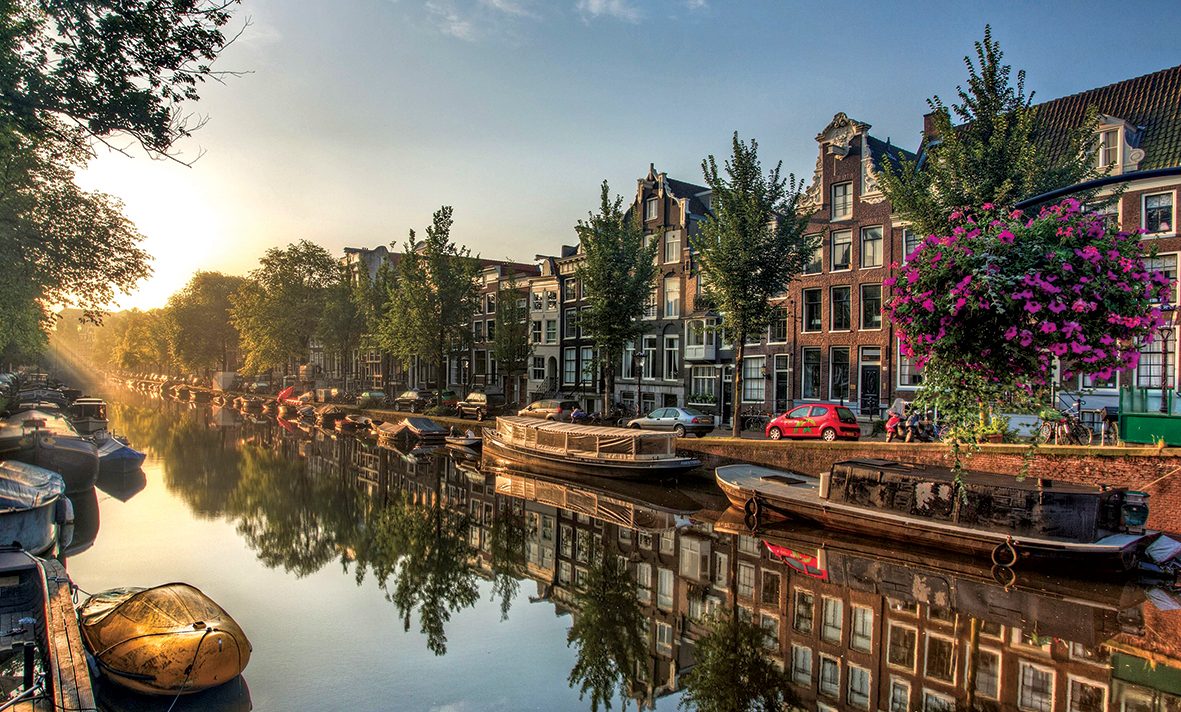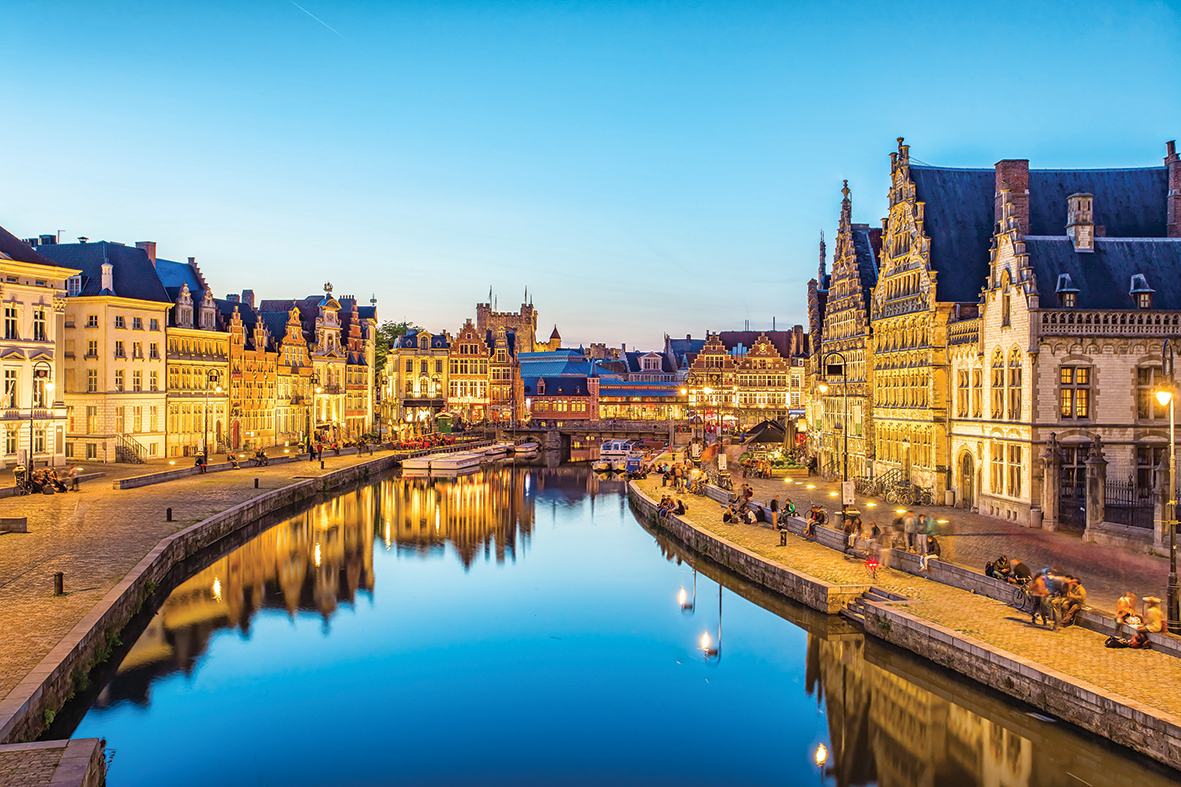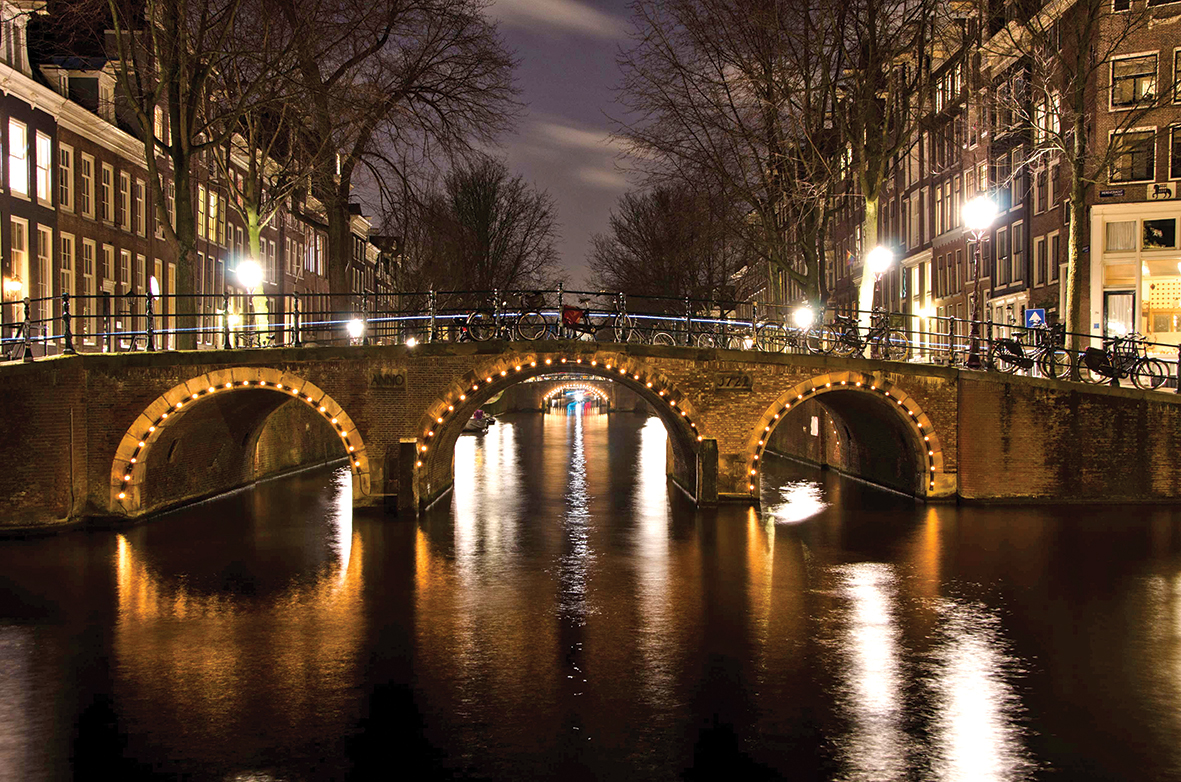How times have changed since Jacques Brel sang of the canal as a synonymous of grey sadness!
Capital of the kingdom of Belgium is also the capital of Europe
A destination that’s easy to reach and reasonable prices that won’t strain its visitors’ pockets, regardless of age. This cosmopolitan city that loves good food lives life its way and expresses itself in a style very much its own. Despite its European dimension and despite all the different languages spoken on the corner of every street, Brussels is still inspired by a very “village-like” spirit. Of course, it’s well known for its Grand-Place, its Atomium, its Manneken-Pis, its Gueuze and its Kriek, its waffles and its chocolates… (don’t miss them!). Take a stroll to Rue Dansaert, Halles Saint-Géry and Place Sainte-Catherine. Head for Saint-Boniface, Châtelain or Flagey… You’ll discover a Brussels that’s in the spirit of the times, a capital that’s relaxed and comfortable, as much in its history as in its present-day reality. Very fashionable. Very designer. Very creative. In other words, to put it in a nutshell, just relish Brussels, a fine and beautiful city to explore and discover…
Denizens and authorities have been working hard to rehabilitate this special part of Brussels, crossing it south to north. More and more, this area is being seen in a more positive light, illustrating the diversity, history, and range of atmospheres that make up Brussels. And it’s also become a major environmental asset, as biodiversity has been making a comeback thanks to its waters the last few years…

A link between the past and the future…
Like most major cities, Brussels sprouted from the banks of a river, the Senne. In the 16th century, the need for a stable and navigable waterway translated into the digging of a canal linking Brussels to the Escaut river, and thus the North Sea. In the 19th century, the canal was prolonged southward towards Charleroi and its coal mines. Both eras correspond to periods that saw Brussels flourish and prosper, thanks to the development of commerce and industry that the canal contributed to boost.
the Canal, as locals call it, is now turning into the bridge that reconciles the city centre with the rest of the Region
…and between the centre and neighbouring municipalities
Long considered as a barrier, the Canal, as locals call it, is now turning into the bridge that reconciles the city centre with the rest of the Region. Since the industrial era, residents have always kept its neighbourhoods and businesses alive. However, this space has struggled to recover from its deindustrialisation phase. But it has been recovering thanks to the valorisation of its industrial heritage, which has been converted into museums, festival sites and other commercial and residential spaces.

A creative hotspot that makes the most of the city’s diversity
In recent years, creators, artists and other entrepreneurs have contributed to the revitalisation of the central part of the Canal, located between the city centre and the municipalities of Molenbeek and Anderlecht, from Tours & Taxis, which houses many shops as well as restaurants and a host of events throughout the year, to the abattoirs in Anderlecht where papilla celebrations are held, and to MIMA, the museum of modern art located at the former Belle-Vue brewery, rich in industrial and brewing history.
No other district in Brussels connects so rapidly to so many other areas inside as well as outside the city.
The Port of Brussels, a haven for businesses
With the obvious advantage of direct waterway access, the vast available space managed by the Port of Brussels authorities offer logistic, productive and industrial businesses very interesting opportunities to settle in the Canal area. The central position of this long, city-traversing district make its banks easily accessible to many residential and commercial neighbourhoods, while goods being produced on site are offered easy access to Belgium’s network of canals and ports. No other district in Brussels connects so rapidly to so many other areas inside as well as outside the city.

A promising future
From the residential districts in the south to the haven in the north of the city, this waterway is also the ideal axis for developing public transport and soft mobility: crossing the city via the Canal represents an effective solution to traffic issues, whether by boat or bicycle on the quays. And ongoing efforts to ensure cleaner water have already led to an encouraging renaissance of biodiversity. All these sustainable development opportunities offer the entire Canal area a dynamic potential that both public authorities and the private sector have already begun exploiting.